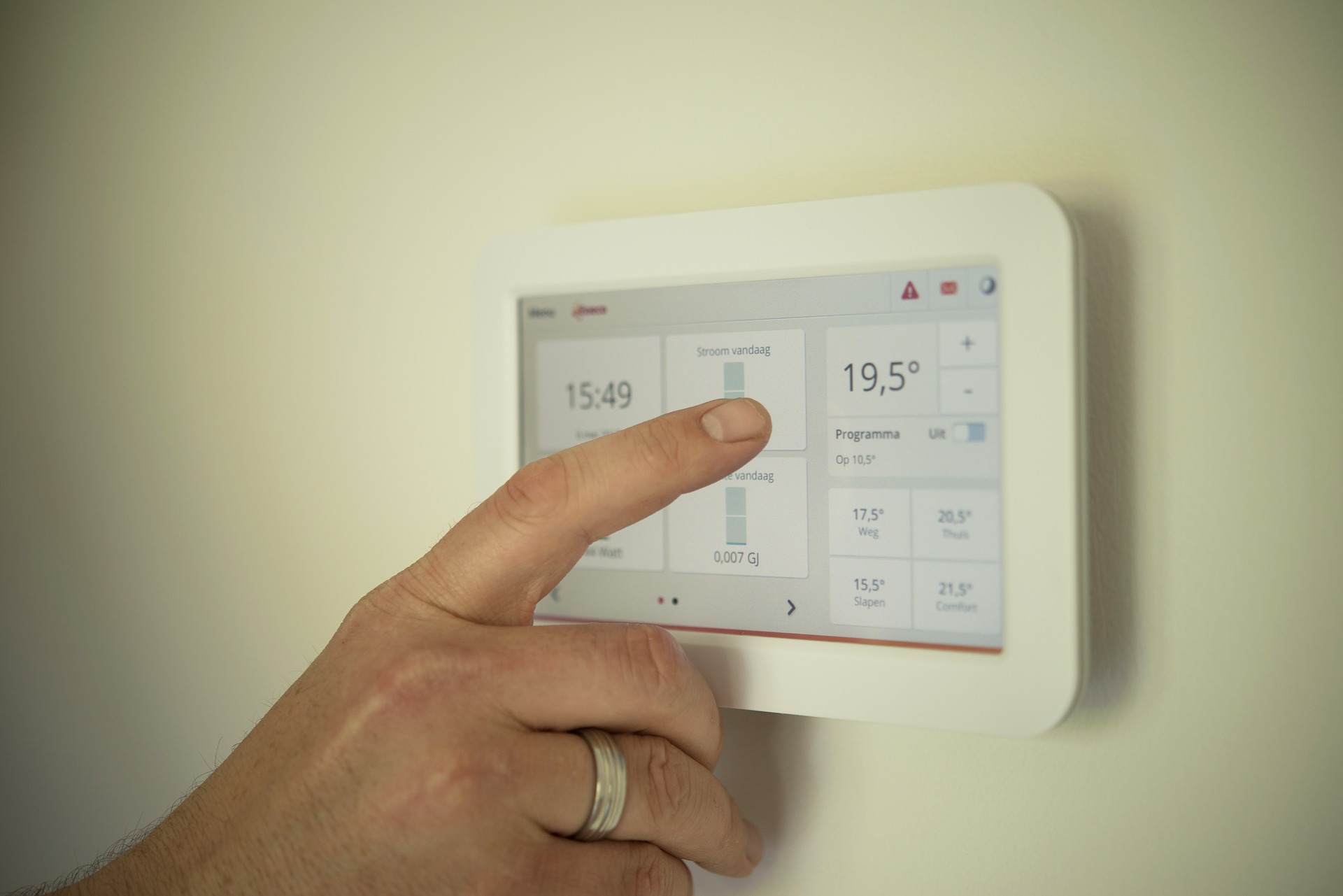
Thermal comfort: why it’s so important in the workplace
One of the primary considerations when improving a building’s indoor environmental quality is the ‘thermal comfort’ of its occupants. The term ‘thermal comfort’ describes the personal feeling of whether one is too hot or too cold in any given environment. As such, it can be quite difficult to provide a definite point at which ‘thermal comfort’ is achieved, as you need to take into account a range of environmental, work-related and personal factors when deciding what makes a comfortable workplace temperature.
In reality, it may be best to achieve a thermal environment that satisfies most people in the workplace, for the majority of the time. Additionally, giving people as much control over their local ambient temperature can be beneficial – although without defined offices or segregated work areas this is very difficult to achieve.
Employee surveys can also go a long way to understand occupants’ views of their level of thermal comfort. External temperature, internal heating or cooling, humidity, drafts, and solar gain all play an important part in the make-up of the ambient temperature of an area and can influence an occupant’s views.
The different parts that play a role in affecting a building’s thermal comfort can broadly be broken down into three areas: environmental factors – such as humidity and heat sources; personal factors – an individual’s clothing, natural tolerance for heat or cold, health, gender, and age; and work-related factors – how physically active or sedentary the nature of their work is.
Environmental factors
Ambient air temperature – this is the temperature of the air which the occupant is in contact with. It is measured by the dry bulb temperature (DBT). This measurement is referred to as a dry-bulb temperature because the thermometer bulb is dry, and so the temperature recorded does not vary with the moisture content of the air.
Relative humidity – often expressed as RH, this is the ratio between the actual amount of water vapour in the air and the maximum amount of water vapour the air can hold. The higher the humidity, the more difficult it is for an individual to lose heat (and cool down) via perspiration.
Air velocity – this is the speed the air is travelling at when it comes into contact with the occupant. We are all aware of how sitting in a draft can give us a chill, and this is because the faster the air is moving, the greater the exchange of heat. Outside, this is usually referred to as ‘wind chill’.
Radiant temperature – this is the temperature of the things that surround the occupant which can radiate heat towards them. These can include heat generating mechanical equipment, warm or hot surfaces, and the heat from the sun when it comes through a window. These factors are averaged out and usually expressed as mean radiant temperature or MRT.
Personal factors
Clothing – clothes insulate a person from exchanging heat with the surrounding environment. They also affect the ability of the wearer to exchange heat in order to cool down via perspiration. These factors can usually be addressed by each individual as and when required, though it should be considered by employers when a workplace dress code is in place, or workers are required to wear a uniform or protective clothing.
Tolerance – a person’s individual ability to feel comfortable within a hot or cold environment can be affected by several factors. Some people can naturally cope with cold or hot environments better than others. Some prefer warmer, some colder, and some are quite happy within quite a wide spread of temperatures without feeling uncomfortable.
However, the ability for an individual to feel comfortable can also be affected by their age, health, and gender. Generally speaking, younger or healthier people are more able to cope with more extreme temperatures and feel comfortable in a wider range of thermal situations. It should also be noted that ailments such as the common cold or flu can affect people’s ability to maintain a regular 37 degrees Celsius core temperature. Likewise, factors like regular access to food and drink, and even what is consumed, can have an impact on a person’s ability to adapt to temperature.
Work-related factors
Physicality of the job – The level of physical activity a worker undertakes during their working day will have a dramatic effect on whether they feel comfortable in a given thermal environment. The internal heat a person generates through physical activity is called their metabolic heat. It is obvious that a worker who is doing a manual job, with some physical exertion, will generate considerably more heat than someone with a sedentary job sitting at a desk all day.
Some manual jobs also require working with machinery which can produce considerable radiant heat, and this cannot be avoided. In these cases, it is important that workers are able to remove themselves from the heat source when they get too uncomfortable.
Why it’s so important
Managing the thermal comfort within a workplace improves morale and productivity, as well as improving health and safety.
When a worker is comfortable with the temperature they are working in, they will almost certainly be unaware of what that temperature is – feeling neither hot nor cold. They will be relaxed and better able to concentrate on the tasks they need to accomplish.
Employees working in uncomfortably hot and cold environments are more likely to behave unsafely because their ability to make decisions and perform manual tasks deteriorates. Some individuals may take short cuts to get out of cold environments and rush their work – which, if in a manual job, can lead to accidents. In hot environments, employees might avoid wearing personal protective equipment properly, thus, increasing the risk of injury.
As an employer, it is your responsibility to be aware of these risks and make sure the underlying causes are understood and mitigated.
Improving thermal comfort in the workplace is one of the key reasons why DRS is working in partnership with several other industry leading organisations and individuals – and also with the British Standards Institution (BSI) and our sister company EFT – to come up with a new set of standards for the health and wellbeing of non-domestic buildings.
This Publicly Available Specification (PAS) will create a set of standards for healthier buildings with the aim of improving the health and wellbeing of its occupants. It will direct how design, installation, operation, maintenance and ongoing monitoring, measuring and reporting can influence factors such as those outlined previously, and it will determine benchmarking parameters to develop a Wellbeing Performance Rating that could be applied to any building.
If you want to discuss the options for improving thermal comfort in your building, and how these changes can positively affect the health and productivity of the occupants, call Mark Phillips on 07534 321002 or email markphillips@drsfmservices.co.uk
If you want to find out more about the new Publicly Available Specification (PAS 3003) and would like to get involved and contribute to its development, contact us at info@eftconsult.co.uk
Mark Phillips
Mark Phillips is managing director at DRS, which is part of the RD Group – an innovative, high quality, multi-faceted group of companies providing full building services solutions.
He has over 40 years’ experience in the industry and has held several operational managerial and directorial positions with some of the UK’s largest firms since beginning his career as an electrical apprentice.
The role that he holds with DRS has made use of his expertise in: business planning; commercial and financial responsibility; HR; technical reviews; new products and processes, including Indoor environmental quality; building sensor technology; controlled environment agriculture; and resource to energy.
During his extensive career, Mark has been instrumental in the successful development of several business ventures, leading transformational change at project, programme and organisational levels.

